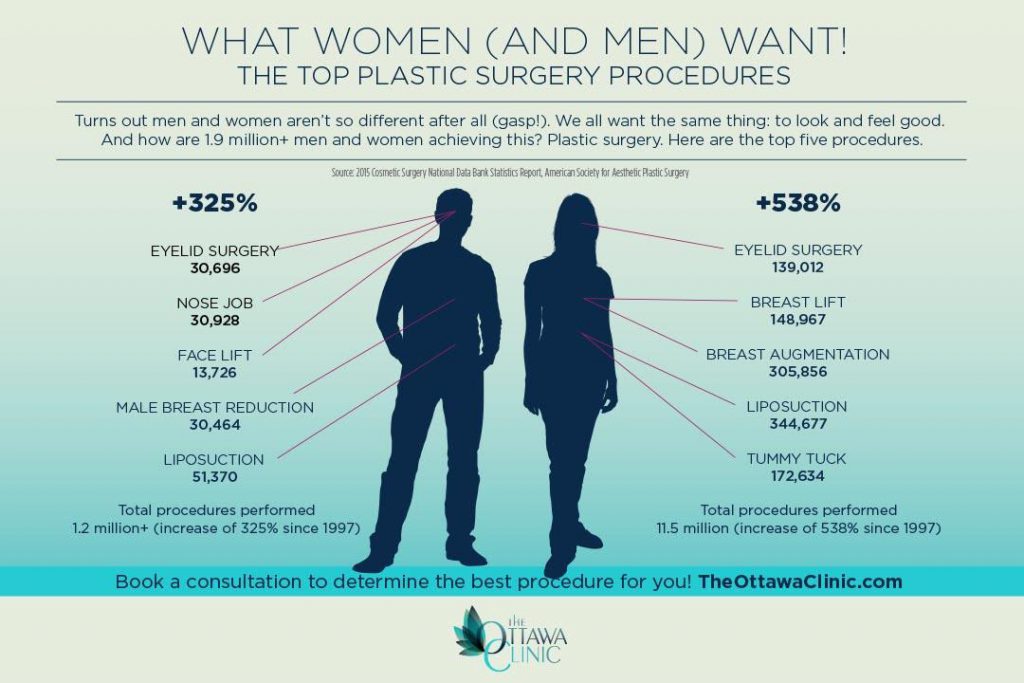Severe Acne And Mental Health
Severe Acne And Mental Health
Blog Article
Acne Treatment - What Are AHAs in Acne Treatment?
AHAs are a crucial component for unclogging pore blockages and brightening acne-prone skin. They work by breaking down dead skin cell accumulation to promote more recent, fresher cells, and protecting against future obstructions.
Developing topical AHAs demands meticulous interest to numerous vital factors that substantially influence their efficiency and tolerability. Maintaining the optimal pH variety, in addition to lorry selection and concentration, enhances their exfoliative characteristics while alleviating possible damaging reactions.
Glycolic acid
Glycolic acid is known for its mild yet effective exfoliating residential properties, which advertise skin's all-natural shedding and loosen the "glue" that holds dead cells on the surface of the skin. This assists unblock pores and decrease the look of fine lines and wrinkles, as well as improve overall skin structure and tone.
Remarkably, topical glycolic acid has likewise been revealed to promote the manufacturing of collagen, which is critical in maintaining skin's firmness and elasticity. It is essential to note, nevertheless, that since glycolic acid can promote the skin's level of sensitivity to sunshine, it is important to put on sun block when making use of any kind of items having this active ingredient.
Skin doctors pay mindful focus to the solution of items having AHAs in order to maximize their efficiency and tolerability. Developing AHAs with the proper automobile, together with pH and focus factors to consider, enables ideal skin penetration while lessening prospective negative reactions. This is especially essential for clients with sensitive skin, since AHAs are known to be gently irritating.
Lactic acid
Lactic acid is found in several non-prescription skin treatment items and some stronger professional peels and treatments. It has the most affordable molecular weight of all the AHAs and has the ability to pass through much deeper right into the skin, where it is a lot more efficient at unclogging pores and exfoliating.
Like glycolic acid, it also boosts collagen synthesis, which aids reduce fine lines and wrinkles and improve skin appearance. Furthermore, it has moisture-retention residential properties, which makes it more suitable for drier skin types than various other AHAs.
The substantial body of scientific data substantiating the efficiency of topical AHAs sustains their energy in a vast array of dermatological afflictions and visual problems. These include elaborate skin rejuvenation treatments, depletion of fine lines and wrinkles, lightening of hyperpigmentation, healing intervention for actinic keratosis, and acne management [2] Maximizing the solution of AHAs by balancing pH, concentration, and lorry choice even more enhances their healing capacity. These careful factors to consider make it possible for skin doctors to provide safe and reliable treatments that provide premium scientific results.
Mandelic acid
Mandelic acid, stemmed from almonds, is one more member of the AHA family members and is a preferred component in products that aid treat acne. Its bigger molecular dimension means it penetrates the skin extra slowly and gently, which can minimize the capacity for irritation. It's additionally less most likely to activate redness and various other skin sensitivity issues, making it ideal for delicate skin types.
Mandelic Acid is believed to help reduce swelling and boost hydration. It functions by loosening the bonds in between dead skin cells, enabling them to shed and expose fresher-looking skin. It also helps in reducing the appearance of bigger pores.
Developing topical products with AHAs calls for an accurate equilibrium of essential factors that significantly influence their effectiveness and tolerability. Particularly, the pH of an AHA solution has actually been shown to play an important role in its capacity to promote peeling and boost skin tone and appearance. Accomplishing this optimal focus is a challenging objective and requires thorough interest to the various aspects that impact the formula process.
Citric acid
Citric acid, discovered in citrus fruits such as oranges and lemons, is a light AHA. It's less bothersome than glycolic or lactic acid, making it more suitable for delicate skin. It also has astringent residential properties, helping to dry out excess oil.
Like various other AHAs, citric acid can be used in chemical peels and everyday active/maintenance therapies to exfoliate the skin and advertise cell turnover. It can help reduce the look of dark spots and hyperpigmentation, in addition to great facial lines.
It can additionally increase the synthesis of glycosaminoglycans, which play a crucial duty in enhancing the skin barrier function. This aids to avert trans-epidermal water loss, and preserve optimal hydration degrees in the skin [35]
AHAs can be combined with relaxing microneedling active ingredients such as ceramides or hyaluronic acid to improve their tolerability. They can be integrated right into daily active/maintenance skin care via cream or lotion solutions. This allows specialists to customize their AHA treatments based on individual needs and preferences, with the versatility of picking from different therapy intensities or focus.